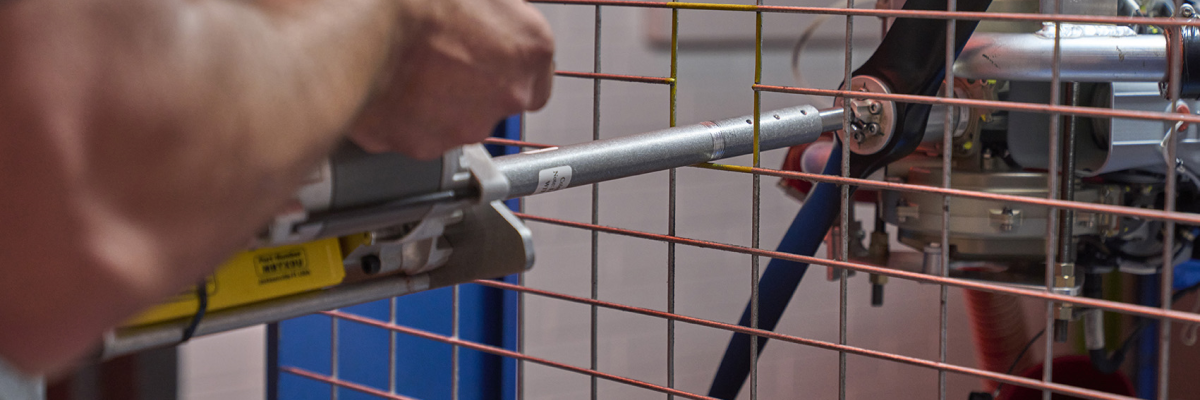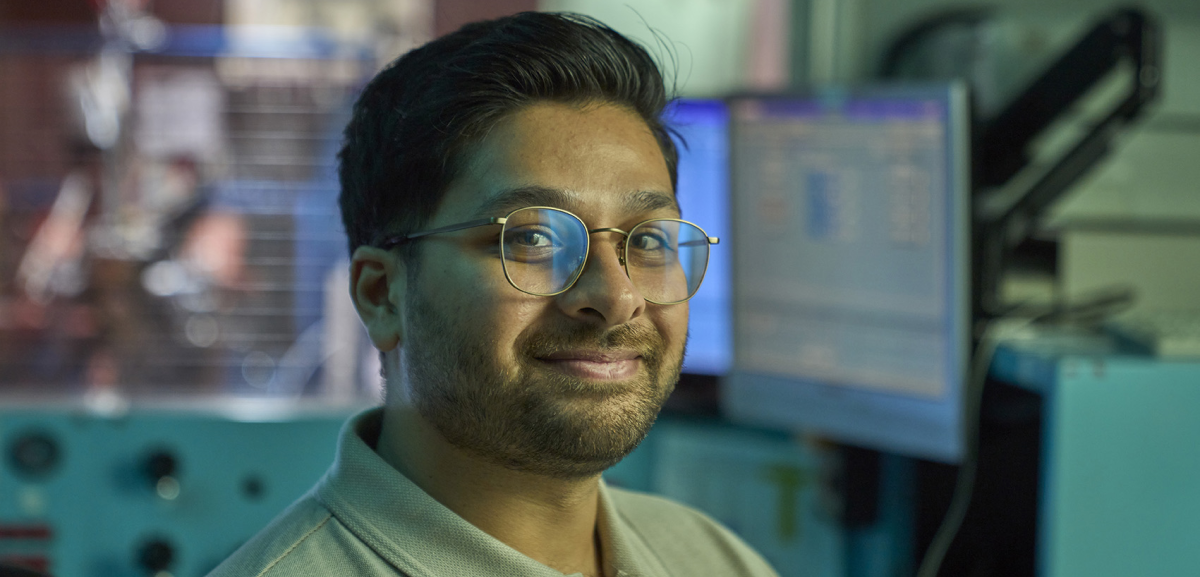Automation / Robotics / Mechatronics Engineer


Automation / Robotics / Mechatronics engineers contribute by designing, developing, manufacturing, and testing robotics systems and smart machines. Their primary objective is to improve the efficiency, accuracy, and reliability of military equipment such as unmanned aerial vehicles (UAVs), drones, and autonomous platforms. Through their expertise, they enhance the capabilities of these technologies, making them more effective in defence operations.
Formerly employed at Orbital UAV
“I do a lot of electrical/electronic design work for our UAV engine harnesses. That involves discussing customer requirements, coming up with conceptual designs, CAD drafting, creating manufacturing data packs, testing and validating prototypes; and of course ensuring product compliance with aerospace and military standards.
The challenges that we come across in the defence industry are very unique. I suppose every industry has its own set of unique challenges, but for defence in particular, the sort of things that we do you won’t get anywhere else. It’s very niche.”

These skill sets provide focused and specific training to develop your skills, knowledge and expertise in a particular area. They may contribute to the completion of a VET qualification in a related field.
These qualifications provide pathways to higher education and achieving your desired occupation.
To become a Automation / Robotics / Mechatronic engineer, you usually need to study a Bachelor or higher in:
Low end – $90,000
High end – $165,000
Source: Kinexus Defence Industry Insights Tenth Edition.
Low end salary is based on positions with 1–3 years of experience, and High End salary is based on 15 - 20 years of experience.
Total Salary Package = Full-time annual equivalent of base salary or rate plus statutory superannuation and any other remuneration applicable to the role (before tax).
Salaries may vary based on scope and level of responsibility. Certain occupations may experience higher total salaries than listed due to receiving bonus or commission payments.
Denotes occupations where the salary has been inferred based on the salary range for occupations with a similar skill set.
For skill sets or qualifications not currently delivered by a Western Australian training provider, complete an Enquiry form to express your interest in future delivery.